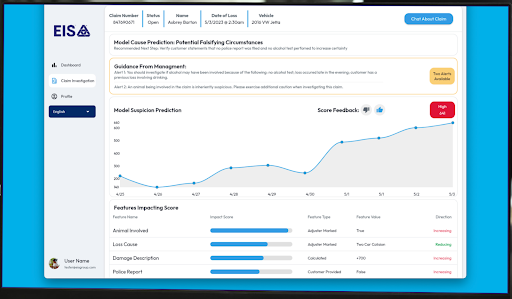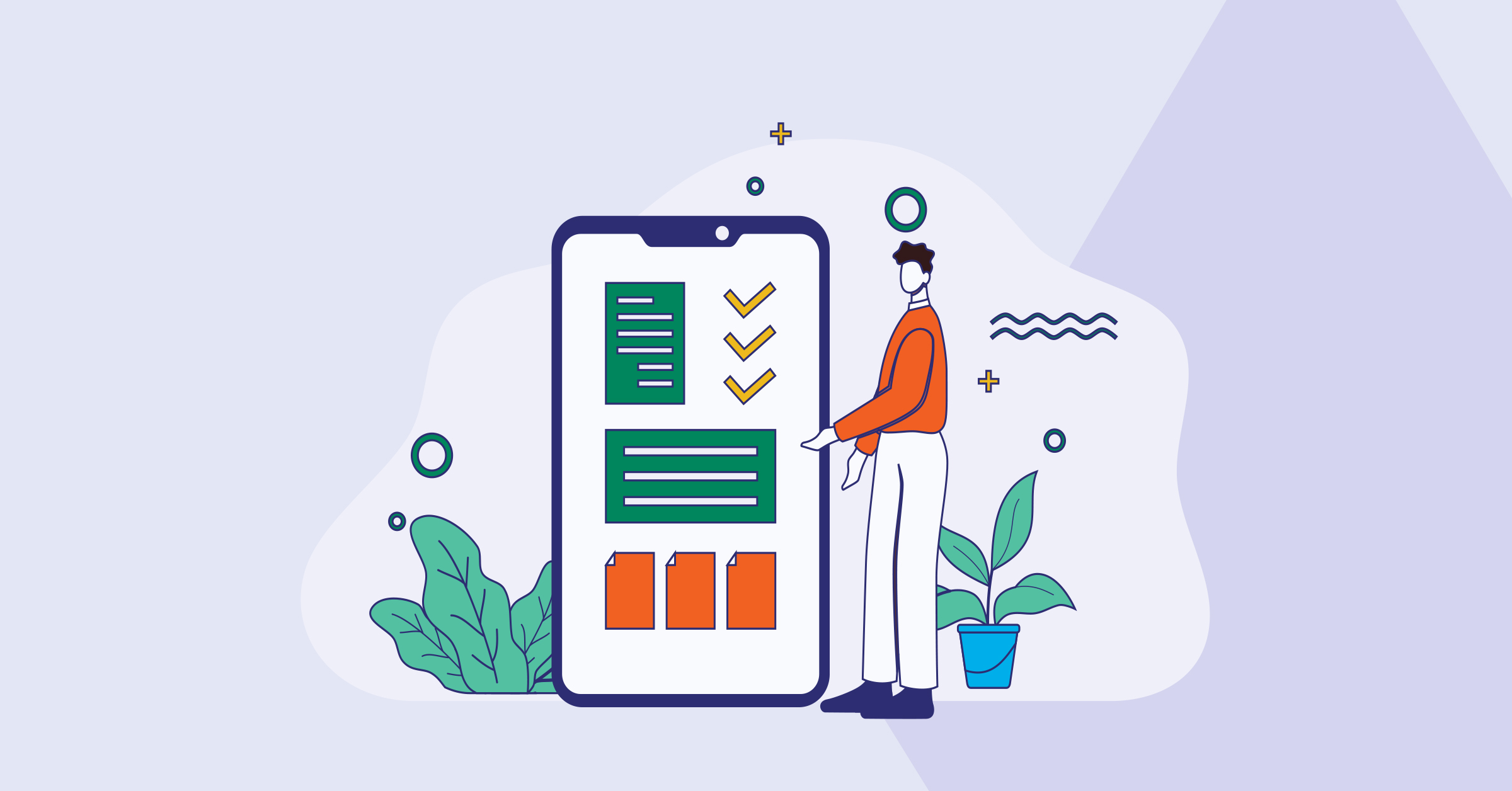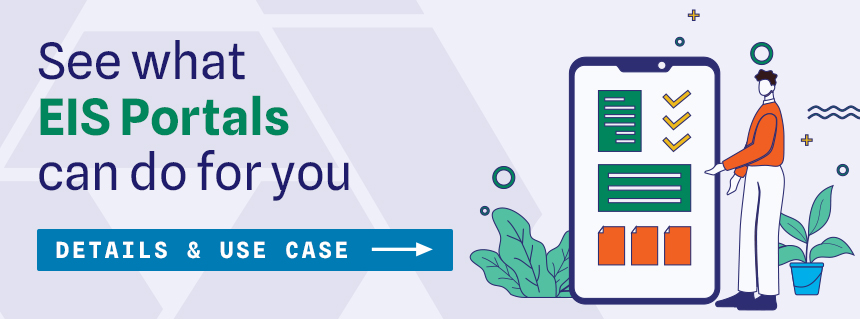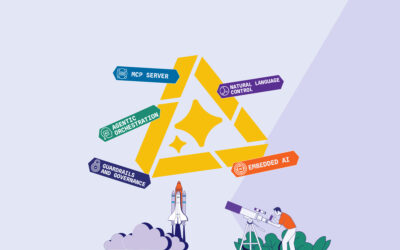Have you ever tried to navigate an insurance portal that felt like it was designed by someone who hates technology?
We have. And unfortunately, so have many other insurance customers, brokers, and support staff. Bad portals aren’t just annoying; they’re expensive too (even if they are cheap to make).
Let’s talk about what’s really going on when your digital experience is stuck in the dark ages.
Bad portals are annoying…
When poorly designed and poorly-integrated user portals are deployed, it doesn’t take long for users to get incredibly frustrated with them.
- Customers can’t figure out what their coverage includes, so they call your service center.
- Service center staff have to flip through multiple screens on customer info and policy coverages to find the information the customer is requesting. (This can take a long time, especially if the customer has a complex question that requires tracking down multiple pieces of information from different systems.)
- Brokers can’t track down billing issues, policy information, or customer history without opening ten tabs.
- Your claims adjusters are toggling through three systems to do one thing.
Clearly, this is really inefficient.
Customers who have a bad experience will swear themselves to a different company come renewal time. Brokers will start recommending insurers who have better portals — both for their sake and the sake of their customers.
Then, with enough critical mass of bad user experiences, your TNP score takes a hit, and reputation is damaged in the market by horrible word-of-mouth stories. (Making even the “cheapest” portal solutions really costly in the long run.)
… and expensive.
Yes, they do get costly.
Confusing screens without the required information trigger support calls.
Missing data integrations on the backend take up time doing dull manual work that could be used doing something of higher impact.
Individual customers will churn, and frustrated brokers will start recommending their books of clientele to other insurers.
The hidden costs behind incoherent user portals rack up quickly: higher call volume, slower sales cycles, and mounting inefficiencies for IT to deal with.
Further, modern legacy platforms on the backend only make things worse. They’re not made to support the real-time, data-fluid, instant-answers-at-your-fingertips that customers today expect.
Modern Portals Should be Intelligently Connected & Work for Everyone
The best insurers know portals aren’t just a customer perk. They’re the backbone of the insurance experience. Done right, they make everyone’s lives easier:
- Customers get fast, clean access to what they need.
- Brokers feel empowered instead of annoyed.
- Internal teams stop playing digital hopscotch with systems that don’t talk to each other.
EIS Portals are designed for this. We build for real personas with real responsibilities, and we don’t stop at making it look pretty. Our portals actually connect to the data and tools your people need. In real time. Seamlessly.
It’s not just a UI upgrade. It’s a better way of doing business.

Here is an EIS portal for claims adjusters showing our fraud prediction model at work. Real-time data integrations continually adjust the fraud score as information comes in regarding the claim, making it easy for claims adjusters to see all the facts in one place.
EIS Portals: Where real-time data meets a seamless experience
EIS Portals plug directly into EIS OneSuite, but they also play well with others, if you use another system for policy or billing information, for example.
So whether you’re managing a group benefits enrollment or a property & casualty claim, everyone — from the broker to the policyholder to the claims rep — gets the right view, with the right information, at the right time.
EIS Portals let insurers build personalized, seamless experiences for everyone across the insurance value chain. They’re configurable, persona-based interfaces that connect directly with EIS OneSuite, meaning users get what they need, when they need it.
This results in fewer frustrations, faster service, and a boost in customer satisfaction and loyalty.
Because let’s be real: your digital experience is your brand. If your portals are difficult, your customers don’t know why they’re difficult; they just leave and look for something easier.
If you’re ready to stop losing time, money, and customers to clunky experiences, see what EIS Portals can do for you.





